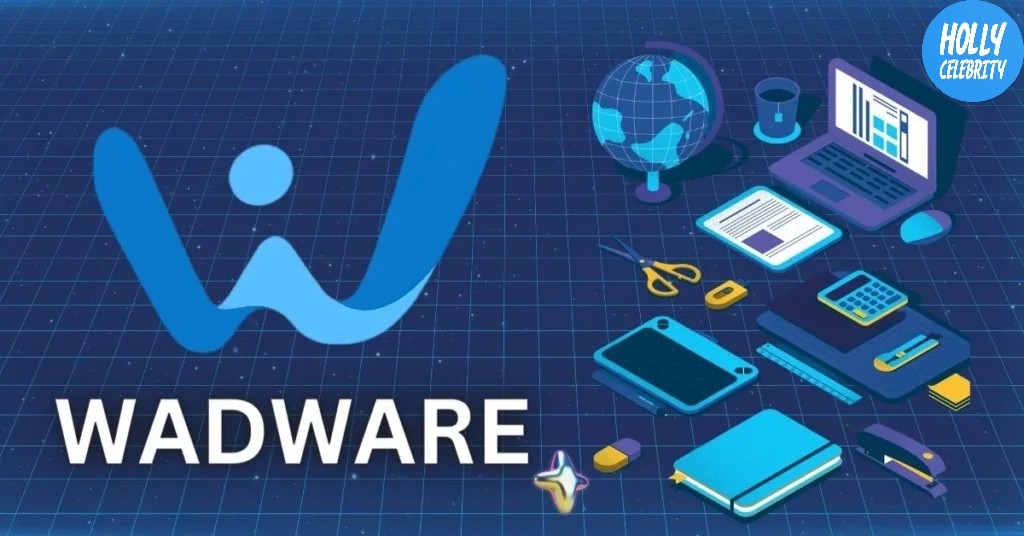Introduction
Welcome to the forefront of computing innovation with FTMÇ – Fast-Tech Modular Computing. In today’s fast-paced digital world, efficiency is key, and FTMÇ is the answer.
This guide is your gateway to understanding the core principles and transformative potential of FTMÇ.
From its modular architecture to its real-world applications, prepare to embark on a journey of discovery. Get ready to unlock the power of FTMÇ and revolutionize your approach to computing. Welcome to a new era of speed, modularity, and boundless possibilities.
What is Ftmc?
FTMÇ, or Fast-Tech Modular Computing, is an innovative approach revolutionizing the computing landscape.
It emphasizes modular architecture and speed optimization to enhance efficiency and performance.
FTMÇ breaks down complex tasks into smaller, manageable modules, enabling seamless integration and swift execution.
With its focus on interoperability and scalability, FTMÇ caters to diverse computing environments, from cloud computing to edge computing and high-performance computing.
In essence, FTMÇ represents the future of computing, offering a dynamic and efficient solution for modern computational needs.

FTMÇ – Decoding the Enigma:
FTMÇ stands for Fast-Tech Modular Computing, a groundbreaking concept revolutionizing the way we perceive and utilize computing resources.
At its core, FTMÇ aims to optimize computing processes by leveraging modularity and speed. By breaking down complex tasks into smaller, more manageable modules, FTMÇ enables seamless integration and swift execution, ultimately enhancing overall efficiency and performance.
Key Components of FTMÇ:
1. Modular Architecture:
At the heart of FTMÇ lies its modular architecture, which allows for the dynamic assembly and disassembly of computing components. This modular approach facilitates scalability, flexibility, and easy maintenance, catering to the evolving needs of modern computing environments.
2. Speed Optimization:
FTMÇ prioritizes speed without compromising reliability. Through advanced optimization techniques and streamlined workflows, FTMÇ accelerates computational processes, reducing latency and enhancing user experience across various applications and industries.
3. Interoperability:
FTMÇ promotes interoperability by fostering compatibility between disparate systems and platforms. Whether it’s integrating legacy infrastructure or adapting to emerging technologies, FTMÇ serves as a unifying framework that bridges the gap between different computing ecosystems.
Real-World Applications:
1. Cloud Computing:
FTMÇ revolutionizes cloud computing by introducing modularization to virtualized environments. By leveraging modular computing resources, cloud providers can deliver scalable and cost-effective solutions tailored to the unique requirements of their clients.
2. Edge Computing:
In the era of IoT (Internet of Things), edge computing plays a pivotal role in processing data closer to its source. FTMÇ enhances edge computing capabilities by optimizing resource utilization and enabling rapid deployment of edge devices in diverse environments.
3. High-Performance Computing (HPC):
FTMÇ unlocks new possibilities in the realm of high-performance computing by maximizing computational throughput and minimizing overhead. From scientific simulations to financial modeling, FTMÇ empowers researchers and professionals to tackle complex problems with unparalleled speed and efficiency.

Future Prospects and Challenges:
As FTMÇ continues to gain traction in the tech industry, its future prospects appear promising. However, like any disruptive technology, FTMÇ also faces certain challenges on its path to widespread adoption.
These challenges include standardization, security concerns, and compatibility issues across heterogeneous environments.
Nevertheless, with ongoing research and collaborative efforts from industry stakeholders, FTMÇ is poised to reshape the computing landscape, ushering in a new era of innovation and productivity.
Conclusion:
FTMÇ represents a paradigm shift in the world of computing, offering a glimpse into the future of technology-driven solutions.
By embracing modularity, speed optimization, and interoperability, FTMÇ transcends traditional computing boundaries, empowering businesses and individuals alike to achieve more with less.
As we navigate through this dynamic digital landscape, one thing is clear – FTMÇ is not just a fleeting trend but a transformative force that will continue to redefine the way we compute, collaborate, and innovate in the years to come. So, embrace the future with FTMÇ and unlock a world of endless possibilities










